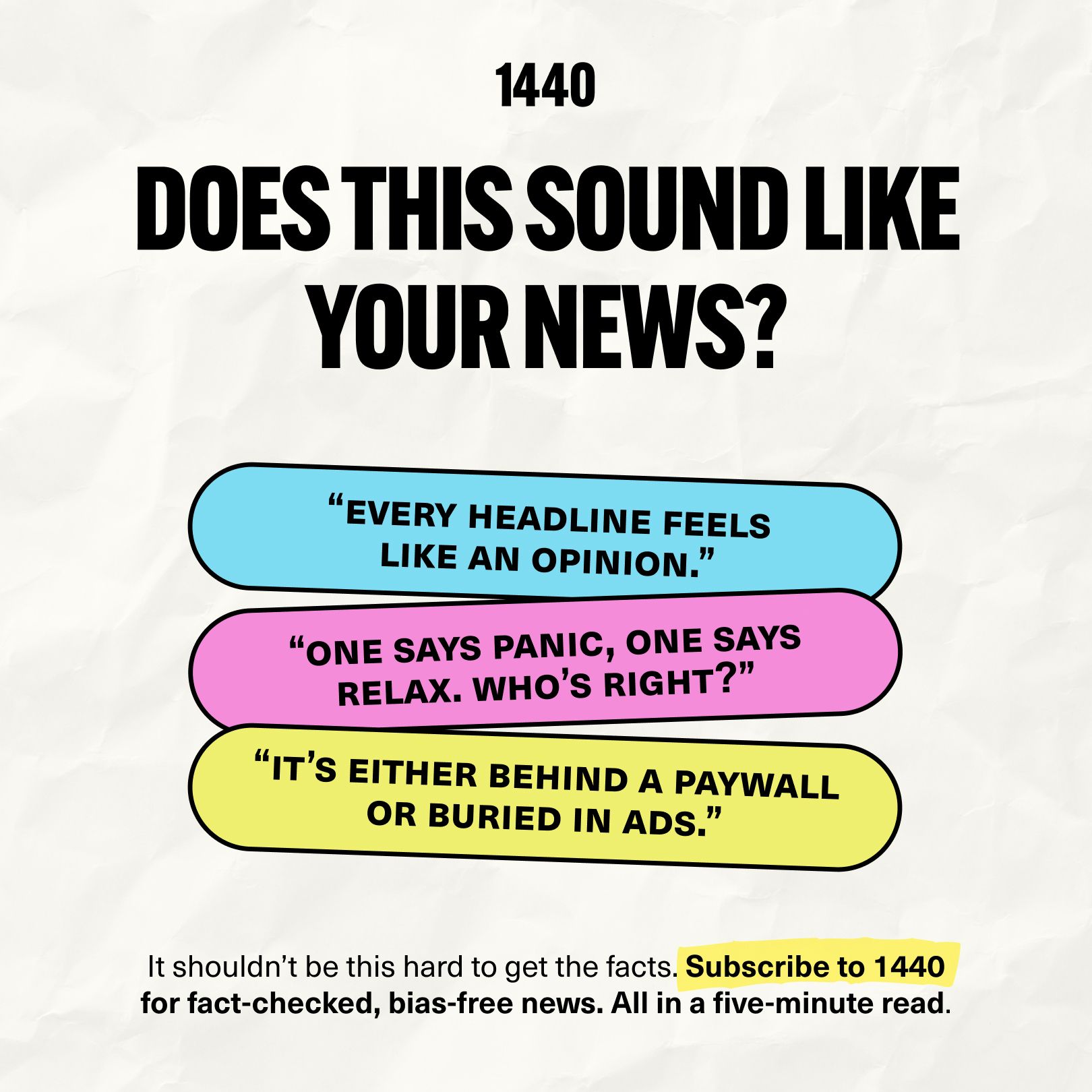- Megan Shabram PhD's Newsletter
- Posts
- The Mask of Civilization and the Violation of Human Rights
The Mask of Civilization and the Violation of Human Rights
The conversation continues to unfold in response to the Trump administration's controversial exploration of a patent tax and patent fee.
Before we delve into where the conversation is heading regarding the Trump administration’s push for a patent tax and patent fee from the Commerce Department and U.S. Patent and Trademark Office1, let us rewind and start from the beginning. I want to first dive in and explain what it is that I mean when I talk about “The Mask of Civilization”. The mask of civilization can be defined as collective neurological and epigenetic patterns imprinted in human minds and bodies. These behavioral patterns (oftentimes unconscious) are shaped by the psychological structures and behavioral norms characteristic of various pockets of human civilizations.
These rules are manifested in individual and group nervous systems through patterns of individual and group nervous system regulation norms, entrenched suppression that shows up as unconscious areas in the brain with low nerve activity, and acts of performance that maintain social order and how hierarchical organizations conduct business and operate. In short, the mask of civilization is a nervous system adaptation that has been and continues to be entrained in the process of our human development. These entrainments control how we quite literally have been feeding and housing ourselves within civilization today.
AI tools have contributed to thinning the veil of how information as power is used to uphold hierarchical organizational psychological structures of human capital
In this regard we are establishing civilization not only as cultural artifacts and institutions but as something that is upheld by nervous system architectures of both individuals and the collective fields that they are part of. These neurological masks are shaped by centuries of conditioning, trauma, and cooperative behaviors.
With this in mind I want to explore what is now happening after AI tools have contributed to thinning the veil of how information as power is used to uphold hierarchical organizational psychological structures of human capital. How do these structures operate and how they are maintained? Today, we are seeing many new services and offerings that are showing up in the world that are centered around offering to teach people new “frameworks”.
Frameworks as portals of expansion
Emerging frameworks are providing people with a chance for new systems of behavior or new ways to learn how to enter into other systems or fields of consciousness through their own development as a person. These frameworks can also be viewed as new ways to sculpt our nervous systems - similar to learning to ride a bike or learning social and emotional in-group behavioral norms. Figuratively, frameworks teach people how to “flap their bird of paradise feathers” in the right way, so that group members with the same feathers and flap patterns can relax around each other and belong together.
One example of where we can find this phenomena is within PhD programs. These programs operate by having individuals spend 10,000 hours perfecting a way to reason, understand a landscape and culture deeply, and then contribute something new that adds to the unique discipline.
For the realm of knowledge work or “networked innovation”, new laws are being used to re-draw the boundary between organizational control and individual creative autonomy.
This brings us to the second part of my narrative which is that among groups, organizations, or firms for which innovation, patents, or technical inventions matter, the large majority have rules/clauses about inventions by employees that limit a person's rights to their inventions made outside of their organization’s boundaries. There are also clauses that limit a person's ownership of their inventions made post employment. I consider it to be positive that states like CA and NY are pushing back.
In both California and New York, there’s a growing legal and cultural push to limit how far employers can reach into an individual’s creative and intellectual output once employment ends. This is part of a broader pattern. The economy has shifted towards both knowledge work and also towards capturing our attention with “sirens” that turn the crank of computing, and in turn, turn the crank of our economy. For the realm of knowledge work or “networked innovation”, new laws are being used to re-draw the boundary between organizational control and individual creative autonomy.
Organizational control and creative autonomy
California has been ahead of this curve for decades. Two key statutes form the backbone of this boundary. The first is the Business & Professions Code § 16600. This is the famous California law that invalidates contracts restraining anyone “from engaging in a lawful profession, trade, or business.” Traditionally this has been used to strike down non-compete clauses, but courts have increasingly applied it to overbroad post-employment IP assignment agreements as well.
A landmark case here is Whitewater West Industries, Ltd. v. Alleshouse (Federal Circuit, November 2020). In this case, the company had required the employee to assign inventions conceived even after employment ended. The inventions at issue were developed entirely post-employment without using any confidential or proprietary information. The court held that the assignment clause violated California’s public policy under § 16600 because it “ensnared post-employment inventions” and went far beyond protecting proprietary interests2.
The law makes any clause requiring assignment of inventions developed entirely on an employee’s own time and without using employer resources unenforceable, unless the invention either 1. relates to the employer’s business or anticipated R&D, or 2. results directly from the employee’s work for the employer
The second key statute is Labor Code § 2870(a). This statute further clarifies that employers cannot require assignment of inventions developed entirely on an employee’s own time and without the use of employer resources, except where those inventions directly relate to the company’s business or R&D. It’s important to note: § 2870 doesn’t explicitly cover post-employment scenarios. That’s why Alleshouse is so pivotal. It fills that gap, showing how California’s courts apply § 16600 to block companies from claiming ownership of IP generated after someone has already left3. This case has become a touchstone because it reframes post-employment invention grabs not just as a contractual issue, but as a violation of California’s fundamental public policy around professional freedom.
New York took a major step in this direction in September 2023 by enacting Labor Law § 203-f, a new statute explicitly modeled on California’s approach. The law makes any clause requiring assignment of inventions developed entirely on an employee’s own time and without using employer resources unenforceable, unless the invention either 1. relates to the employer’s business or anticipated R&D, or 2. results directly from the employee’s work for the employer4 5.
Creative play is a human right
Additional commentary from Troutman Pepper and WSGR notes that while the law doesn’t explicitly define terms like “own time” or “employer’s resources,” its intent is clear in that it aims to limit overreach and align New York more closely with California’s long-standing employee protections6 7.
This legal shift is not just about contracts. It’s a cultural line in the sand between corporate control and creative sovereignty. Post-employment IP assignment clauses are essentially attempts to extend organizational power beyond the employment relationship turning personal intellectual capacity into a permanently tethered asset. California’s courts and now New York’s legislature are signaling that this kind of reach has limits. These statutes don’t eliminate employer rights to protect genuine proprietary interests—they simply draw a hard boundary around personal, self-initiated creative work.
We all have a human right to express ourselves and to be acknowledged, supported, and rewarded for the ‘fruits of our bodies' imaginations.
In the innovation economy, this matters deeply. These legal protections allow inventors, builders, scientists, and creative technologists to carry their capacity forward when they move on and not leave it behind as corporate property. This is not just legal doctrine—it’s a design choice in California’s innovation architecture. By rejecting post-employment reach, California has preserved an environment where people can leave a company, build something new, and still own their own minds.
These experiences and social structures show up in our neurology and in how we experience the world through our nervous systems. Owning a person's right to be creative from the lived experience and tacit knowledge that lives inside their nervous system is a human rights violation. We all have a human right to express ourselves and to be acknowledged, supported, and rewarded for the ‘fruits of our bodies' imaginations. These creations are made from our minds, inspired by each other, and birthed into form through our social emotional canals. Creative play is a human right. It is required to complete social emotional stress cycles and stimulate neurogenesis. To be continued…
If you resonate with my writings please subscribe to follow along!
Looking for unbiased, fact-based news? Join 1440 today.
Join over 4 million Americans who start their day with 1440 – your daily digest for unbiased, fact-centric news. From politics to sports, we cover it all by analyzing over 100 sources. Our concise, 5-minute read lands in your inbox each morning at no cost. Experience news without the noise; let 1440 help you make up your own mind. Sign up now and invite your friends and family to be part of the informed.






